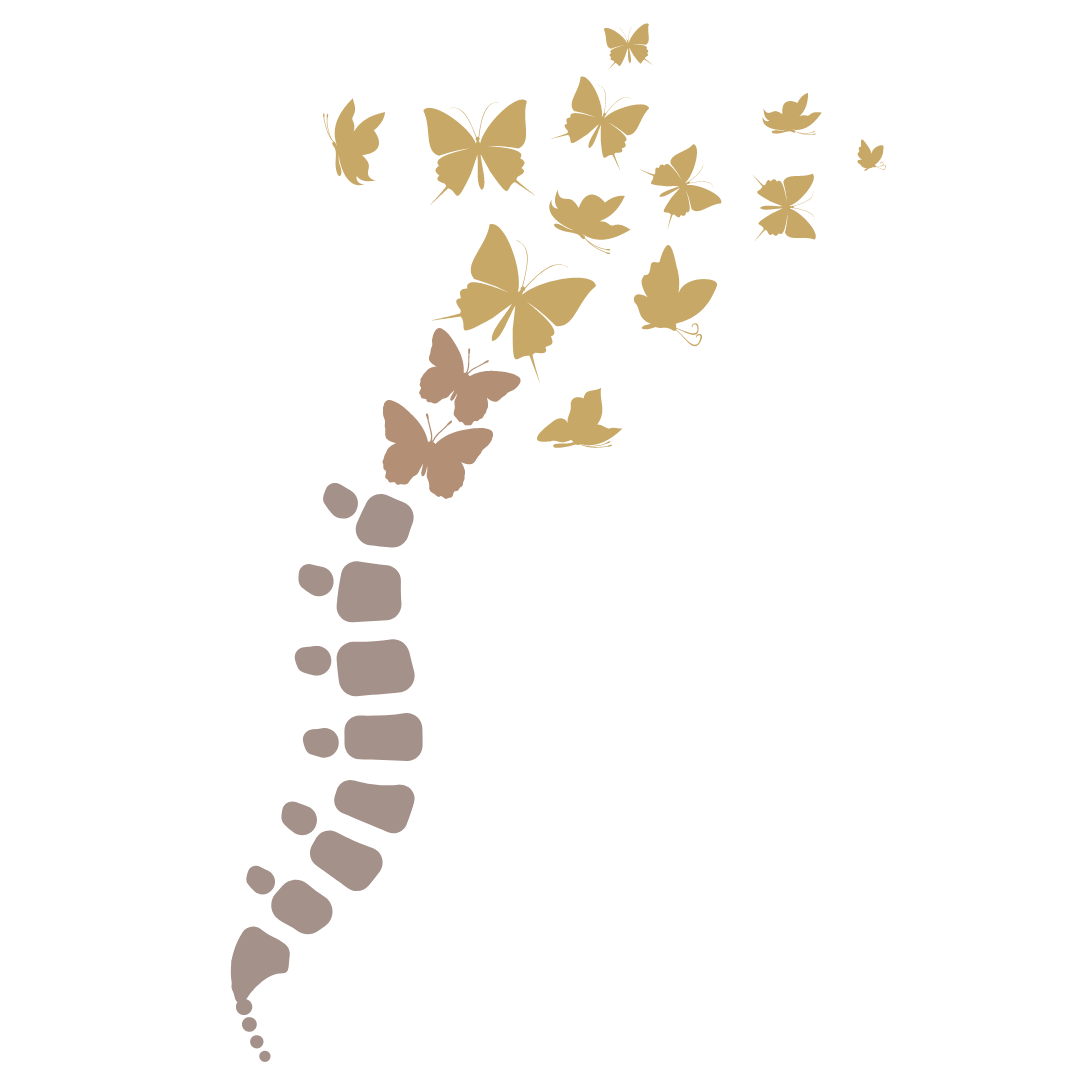
Spinal Manipulation
Spinal Treatment for Pain Relief & Posture Correction
Most patients come to us because they are in pain, or they notice their posture has gone squint. Both pain and poor posture do not happen overnight. They are the result of changes to the mechanics of your spine. The underlying process is slow and takes time, with bits of change happening gradually — usually over many years. The end result is usually stiffness, pain, and what the doctors call “wear and tear” or “degeneration”.
Your spine’s main job is to support you in an upright position against gravity. It also facilitates movement such as walking, bending or twisting. While walking or running, it facilitates shock absorption. And it protects the delicate nerves of the spinal cord. In order to fulfil these functions optimally, it needs to function properly.
Your spine is made up of many individual bones which are meant to move against each other with the help of small joints.
Healthy spines are meant to have a series of curves. Painful spines have changes to these curves (either too much curve, too little curve, or curves in the wrong direction). Let’s look at a healthy vs. degenerated spine.
In a healthy spine, the bones are stacked correctly on top of each other. In a degenerated, painful spine, they are stacked squint. This leads to changes in how freely the joints can move — you experience this as stiffness or pain. Sometimes it feels like it “catches” or you hear it creak or crack.
How do these changes get created? In daily life, our bodies experience a lot of bumps and scrapes, falls and accidents, slouching on the couch, sleeping crooked, wearing unsupportive shoes, spending a lot of time sitting at your desk, on airplanes, or in cars, working physically demanding jobs or working out hard at the gym... All of these can cause miniscule changes to how the bones sit on top of each other. Some of these small misalignments your body can fix on its own. Some it can’t fix. If it can’t fix them, it compensates for them. Then it compensates some more. Over time, it compensates for the compensation of the compensation of the comp… You get the picture.
As your body compensates (and then compensates some more), the curves in your spine change from smooth to higgledy-piggledy. You can see this in the graphic and in the x-ray. The cumulative effect is that some of the curves get too big, some too flat, and some even change direction and turn the wrong way round.
THIS is what poor posture really is. Nothing to do with slouching out of laziness or “not holding yourself upright correctly”. You can’t — because your spine is twisted-up and stuck.
The stuck patterns and twists in your spine can then cause your muscles to go tight, and your nerves to go tingly or numb. The pressure caused by these twists puts strain on the discs between your spinal bones too, or on your sciatic nerve in your leg, which can be very painful.
Luckily, the latest research has discovered ways to untwist the painful stuck patterns. We are able to figure out where, why, and how your spine has gone squint. We use a hands-on and head-to-toe approach to un-twizzle you out of old stuck patterns. You will notice being more upright, more balanced, and in less pain. We take pictures at each treatment to document the journey for you so you can not only feel how your body changes but see it too.







